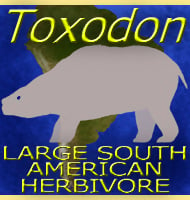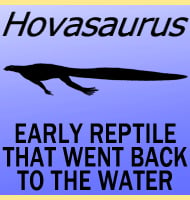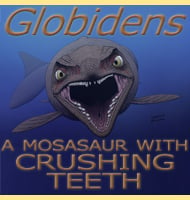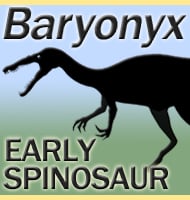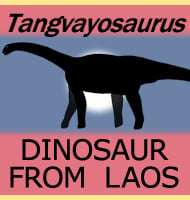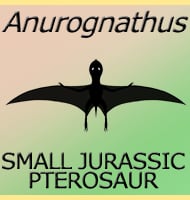In Depth
One of the creodont mammals that were most common from the Paleocene to Oligocene periods, Pterodon seems to have been most numerous around Europe and North Africa. An odd set of remains from Pakistan however not only increases the geographic range of this creodont, but also the temporal range as well. Being interpreted as coming from the Serravalian stage of the Miocene, these fossils indicate that the Pterodon genus survived for approximately fifteen million years after the early Oligocene. Although unusual, this is not actually the first, or is likely to be the last time that an extinct animal is realised to have had a significantly longer temporal range than first thought.
Further Reading
Further reading- New carnivorous mammals from the Fay�m Oligocene, Egypt. – Bulletin of the American Museum of Natural History 26:415-424. – H. F. Osborn – 1909.- New mammals from the Shara Murun Eocene of Mongolia. – American Museum Novitates 196:1-11. – W. D. Matthew & W. Granger – 1925.- Fossil Mammals of Africa: 19 The Miocene Carnivora of East Africa. – Bulletin of the British Museum (Natural History) Geology 10(8):241-316. – R. J. G. Savage – 1965.- New Pterodontinae (Creodonta: Hyaenodontidae) from the late Eocene-early Oligocene Jebel Qatrani Formation, Fayum province, Egypt. – PaleoBios 19(2):1-18. – P. A. Holroyd – 1999.

